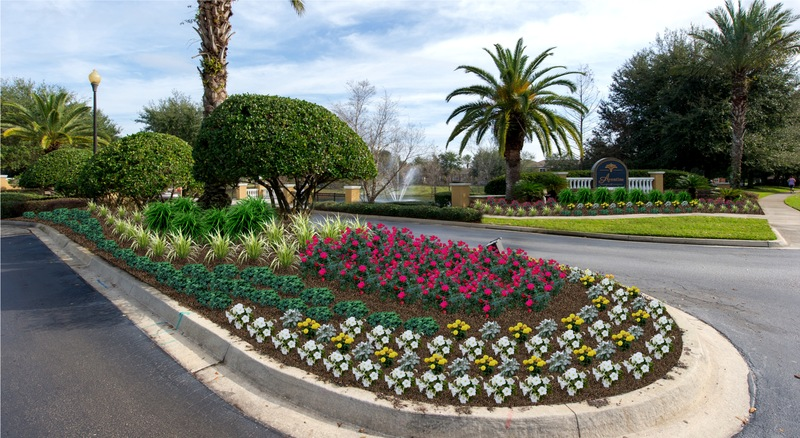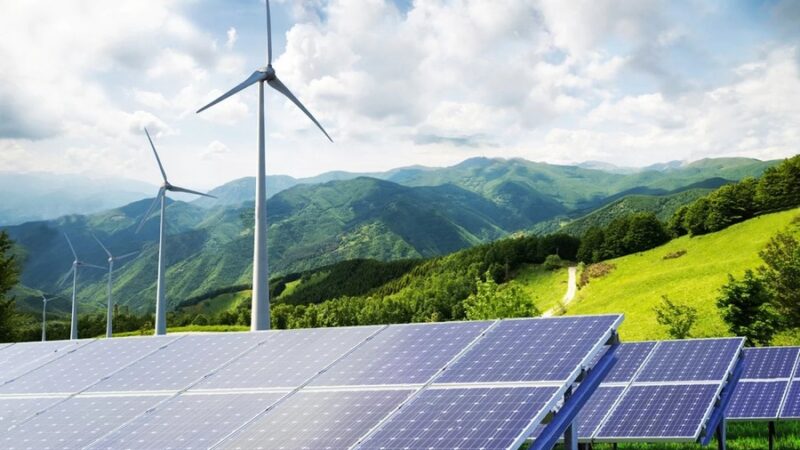Landscaping, an age-old practice of shaping and enhancing outdoor spaces, has always been a harmonious blend of artistry and nature. It transforms mundane plots of land into breathtaking canvases that captivate the senses and offer solace in our fast-paced world. In recent years, however, a new wave of innovation and creativity has swept through the landscaping industry, ushering in a renaissance of design concepts, materials, and techniques. This article explores the unique aspects of modern landscaping, shedding light on the evolving trends and novel approaches that redefine our perception of outdoor spaces.
One notable shift in landscaping revolves around the concept of sustainability. As the world grapples with environmental challenges, landscapers have embraced eco-friendly practices to create designs that coexist harmoniously with nature. This paradigm shift has led to the integration of native plants, rainwater harvesting systems, and renewable materials. For instance, moss walls are gaining popularity as they provide natural insulation, absorb pollutants, and require minimal maintenance. These innovative solutions not only enhance the aesthetic appeal but also contribute to the preservation of our fragile ecosystem.
The integration of technology into landscaping has also revolutionized the industry. With the advent of smart irrigation systems, outdoor lighting, and automated maintenance tools, homeowners can effortlessly manage and monitor their landscapes. These advancements not only save time and effort but also optimize resource utilization, leading to significant cost savings and reduced environmental impact. Imagine a garden that adjusts its watering schedule based on real-time weather data or a lighting system that adapts to create enchanting ambiance as dusk sets in. These technological marvels have transformed outdoor spaces into dynamic and interactive environments.
Furthermore, the concept of outdoor living spaces has gained immense popularity in recent years. Homeowners are increasingly embracing the idea of extending their living areas beyond the confines of their homes. Landscapers now envision backyards as multi-functional retreats, seamlessly integrating elements such as cozy seating areas, outdoor kitchens, fire pits, and even cinemas. These spaces blur the boundaries between indoor and outdoor living, providing a sanctuary for relaxation, entertainment, and socializing. Imagine enjoying a warm summer evening in a beautifully landscaped garden, indulging in delicious food while the crackling fire casts a soft glow.
Innovative materials and architectural elements have also breathed new life into modern landscaping. Designers now experiment with unconventional materials, such as recycled glass, salvaged wood, and reclaimed metal, to create stunning focal points and unique textures. From sculptural installations to intricate pathways, these materials add an element of surprise and elevate the overall design. Additionally, landscape architects are reimagining the use of shapes and structures, incorporating geometric patterns, living walls, and vertical gardens to add depth and visual interest to outdoor spaces.
Another emerging trend is the concept of therapeutic landscapes. Recognizing the profound impact of nature on our well-being, landscapers are creating spaces specifically designed to promote relaxation, stress reduction, and emotional healing. From meditation gardens with aromatic plants and gentle water features to sensory pathways that engage all the senses, these spaces provide a respite from the demands of modern life. Research has shown that spending time in these therapeutic landscapes can improve mental health, enhance cognitive function, and foster a sense of tranquility.
As we witness this remarkable transformation in the world of landscaping, it becomes clear that the boundaries of traditional design are being stretched. Landscaping is no longer limited to manicured lawns and neatly trimmed hedges; it has evolved into an art form that embraces the dynamic relationship between humans and the natural environment. The fusion of sustainability, technology, outdoor living, innovative materials, and therapeutic landscapes has given birth to a new era of landscape design—one that invites us to rediscover the wonders of nature and immerse ourselves in its beauty.
In conclusion, landscaping has undergone a paradigm shift in recent years, embracing sustainability, technology, outdoor living, innovative materials, and therapeutic landscapes. This newfound approach has transformed outdoor spaces into dynamic and interactive environments, blurring the boundaries between nature and art. As we continue to push the boundaries of design, landscaping becomes an avenue for creative expression and a medium for reconnecting with nature. So, whether you have a small backyard or a sprawling estate, consider embarking on a landscaping journey that encapsulates the essence of modern innovation and artistry.







